
This article talks about session and cookie session control. If you don’t know about session and cookie session control or are interested in session and cookie session control, then we will Get up and read this article. Okay, without further ado, let’s get to the point
For a front-end developer, I think everyone is familiar with cookies. They often encapsulate some methods such as setcookie and getcookie. Session is like Like a most familiar stranger, we will use it when we cooperate with back-end developers on projects, but we don’t understand its essence. Let’s discuss it in detail
Storage location: Stored on the client
Function: This domain stores data across pages (we seem to generally use username, password)
Cookie generally contains information as shown below:
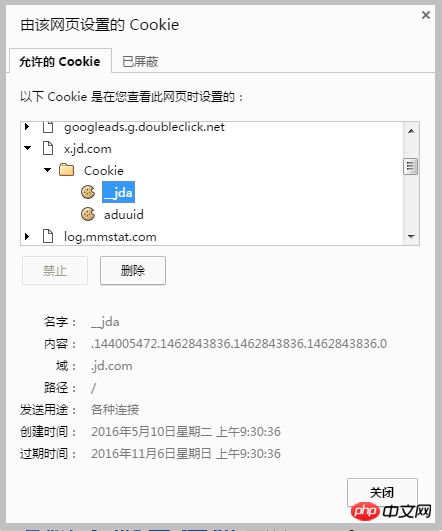
##Transmission: The following is an http request message
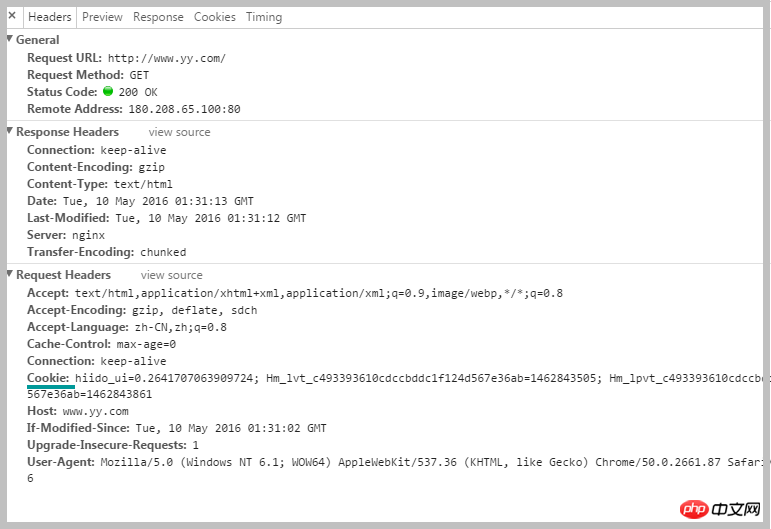
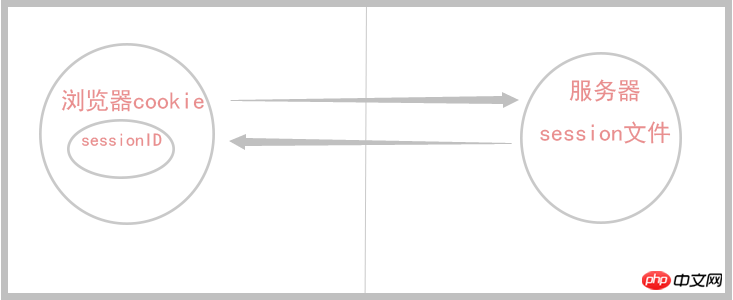
session There are many features, such as expiration time, etc. Let's check it out below and open the php.ini file (it contains a lot of configuration information for php, I removed n many
comments)
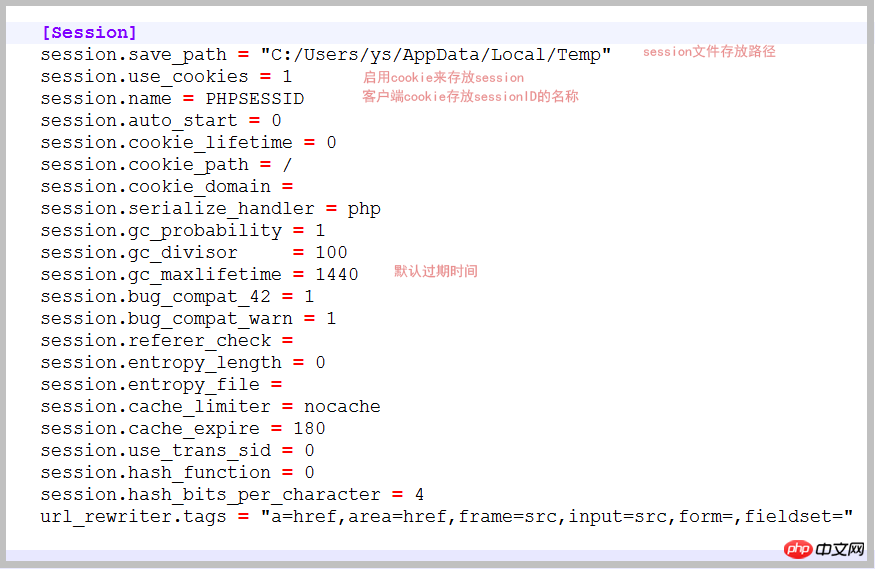
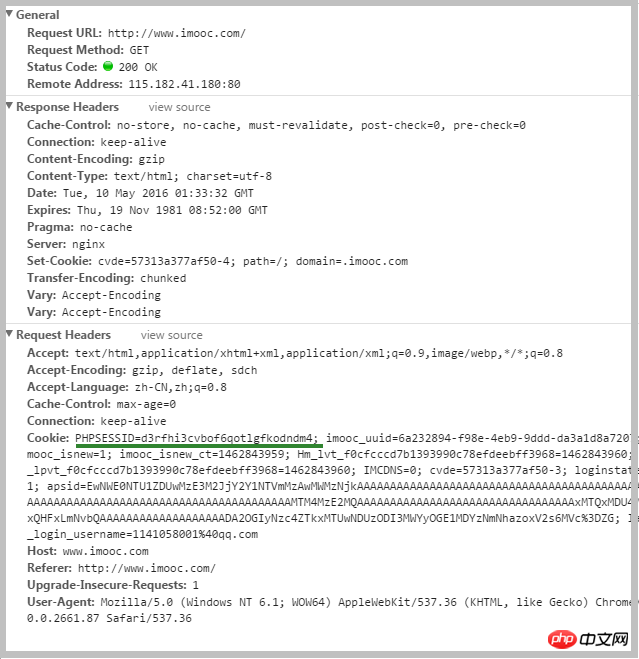
<?php
session_start();
header("Content-Type: text/html;charset=utf-8");
if ($_SESSION['username'] != 'success') {
/* /php/index.php为当前文件路径 */
$string = <<< EOF
<form action="/php/index.php" method="post">
<input type="text" name="value">
<input type="submit">
</form>
EOF;
echo $string;
}
if ($_SESSION['username'] == 'success') {
echo "登录成功".PHP_EOL;
}
if ($_POST['value'] == 'ys') {
$_SESSION['username'] = 'success';
echo "登录成功".PHP_EOL;
}
?>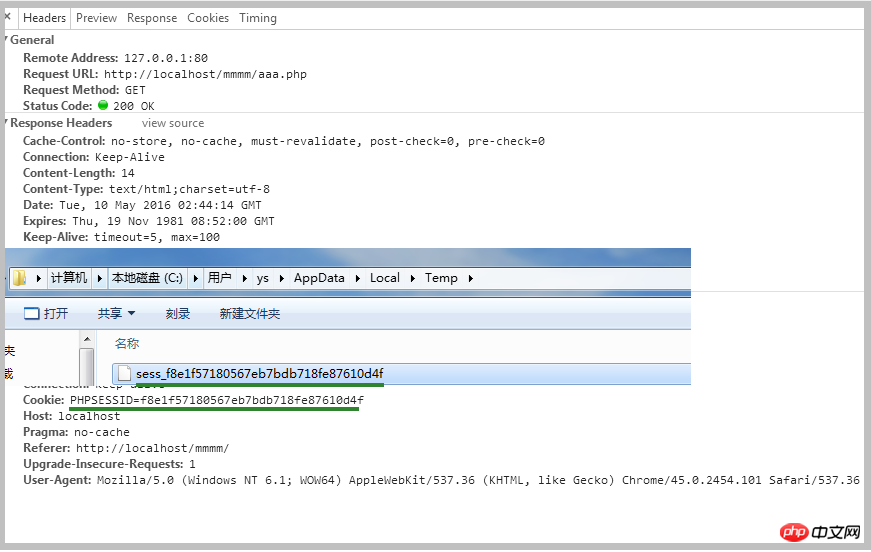
In this way, the unique session file can be found according to the session requested each time, and then see what this file looks like
username|S:7:"success";s|S:7:"success";ss|S:7:"success";
username|S:7:"success";
Related recommendations:
php session and cookie summary sharing
php session control session, cookie introduction
The above is the detailed content of Describe session and cookie session control in detail. For more information, please follow other related articles on the PHP Chinese website!
 cookie
cookie
 Reasons for session failure
Reasons for session failure
 Session failure solution
Session failure solution
 How to solve the problem that document.cookie cannot be obtained
How to solve the problem that document.cookie cannot be obtained
 ie shortcut cannot be deleted
ie shortcut cannot be deleted
 What does it mean to block all cookies?
What does it mean to block all cookies?
 How to solve the problem that IE shortcut cannot be deleted
How to solve the problem that IE shortcut cannot be deleted
 Database doubt repair method
Database doubt repair method
 How to solve the problem that Win10 folder cannot be deleted
How to solve the problem that Win10 folder cannot be deleted




